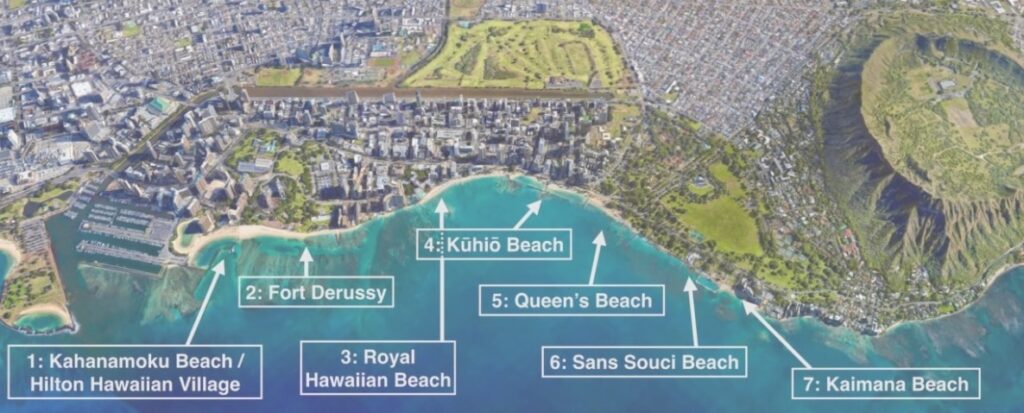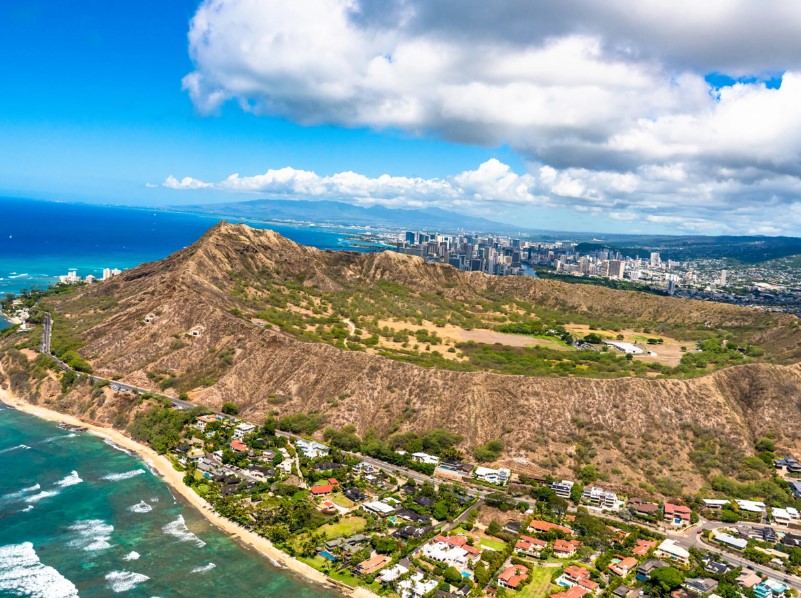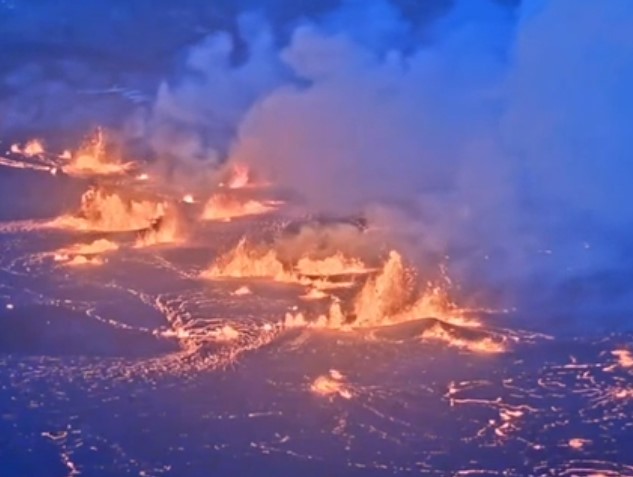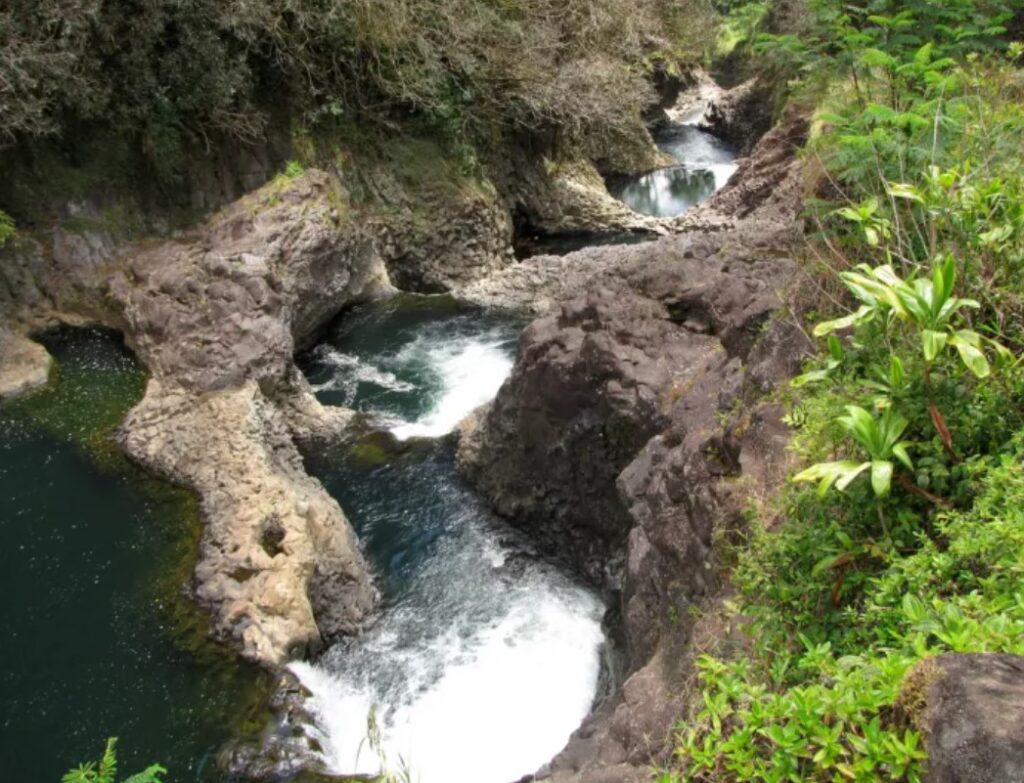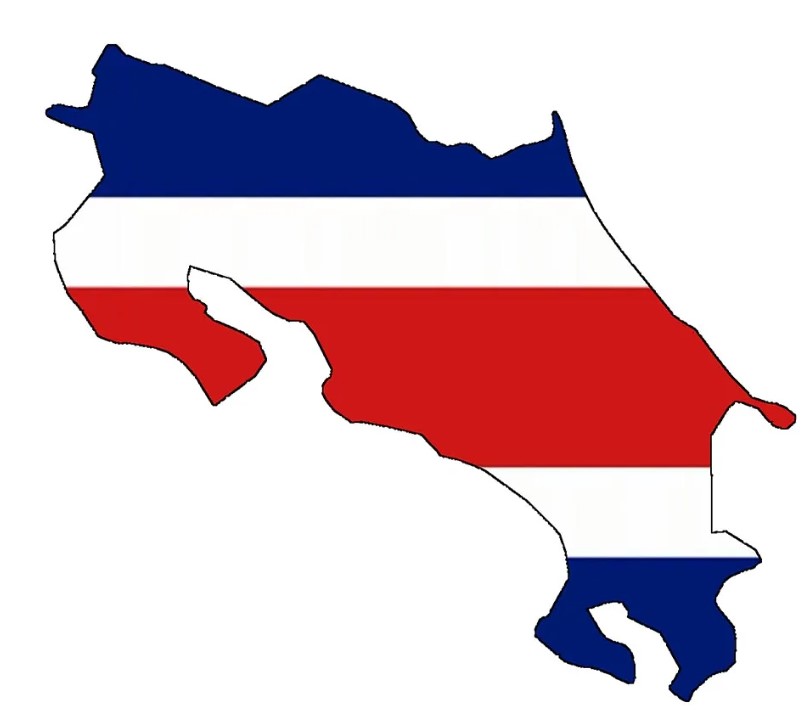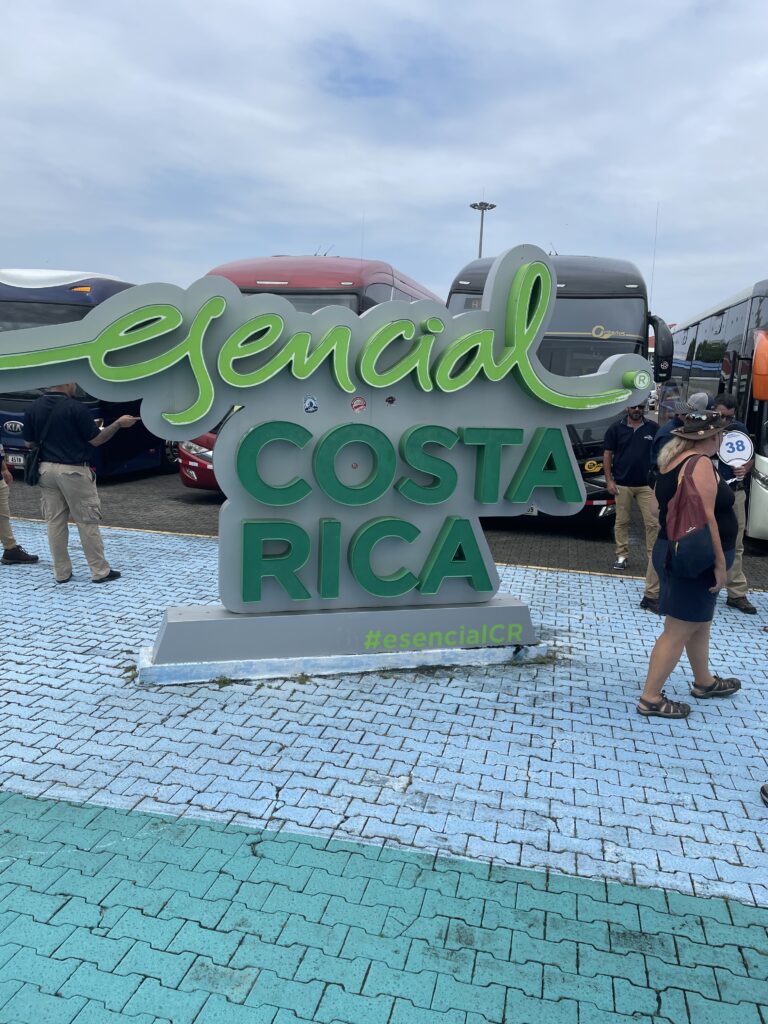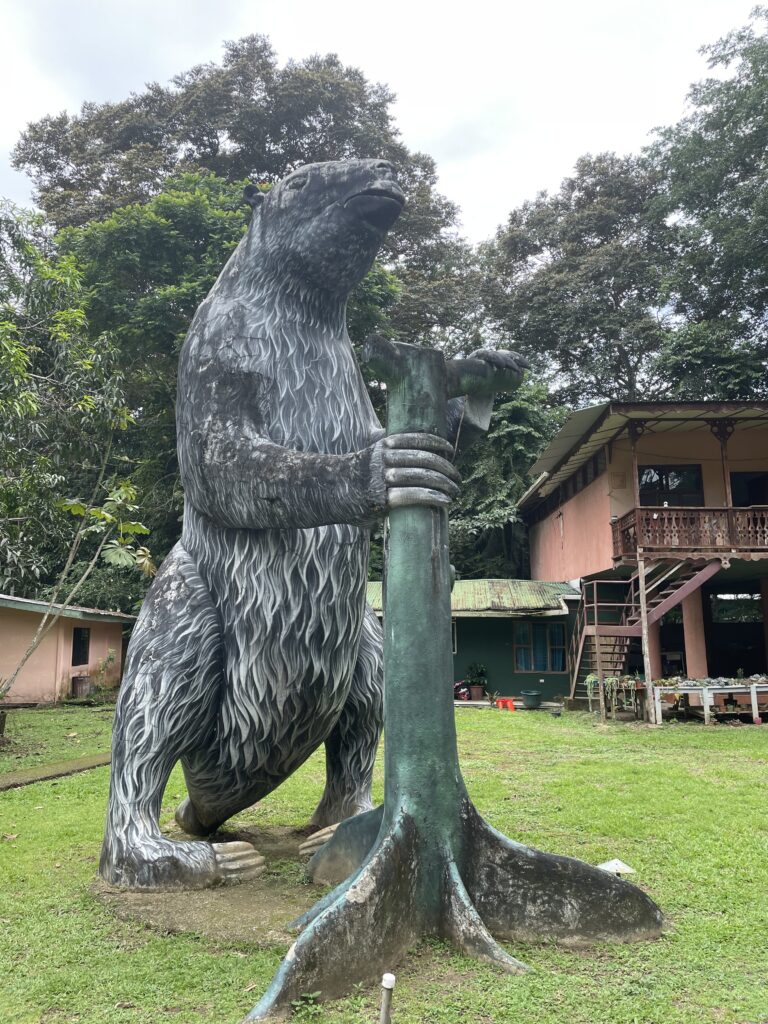
Having been to Iceland, and specifically Reykjavik, in June last year we had already hit most of the big ticket items that were on offer. The obvious was the Hallgrimskirka (big church), Harpa (concert house), Laugavegur (rainbow street) and the Sun Voyager (sculpture) and of course the Blue Lagoon. Our first foray saw us wandering all around town and taking in all of the pretty buildings and the tourist sights.





Having done that we were at a loss as to what was left to see on our two day stopover in Reykjavik. A bit of research revealed the existence of the Reykjavík City Card which offers free entry to a selection of the lesser museums and galleries, all swimming pools in Reykjavík, and free unlimited travel by bus within the Reykjavik Capital Area. The card also gives discounts on various tours, shopping and services.

The card did not include the expensive attractions (averaging $100 entry each) but for about $100 we got access to all (16) of the lesser attractions, free bus transportation and a way to see a bunch of stuff that we would not usually go to on a limited timeframe.
Being us, we titled it the ‘piss weak world‘ card. In hindsight this was an overly harsh description for what was a really good two days of exploring.
DISCLAIMER: I will state up front that modern art, contemporary art and performance art museums are absolutely not my thing. And without wanting to demean their existence, I am certain that I will, and will rank them highly in the piss weak category.
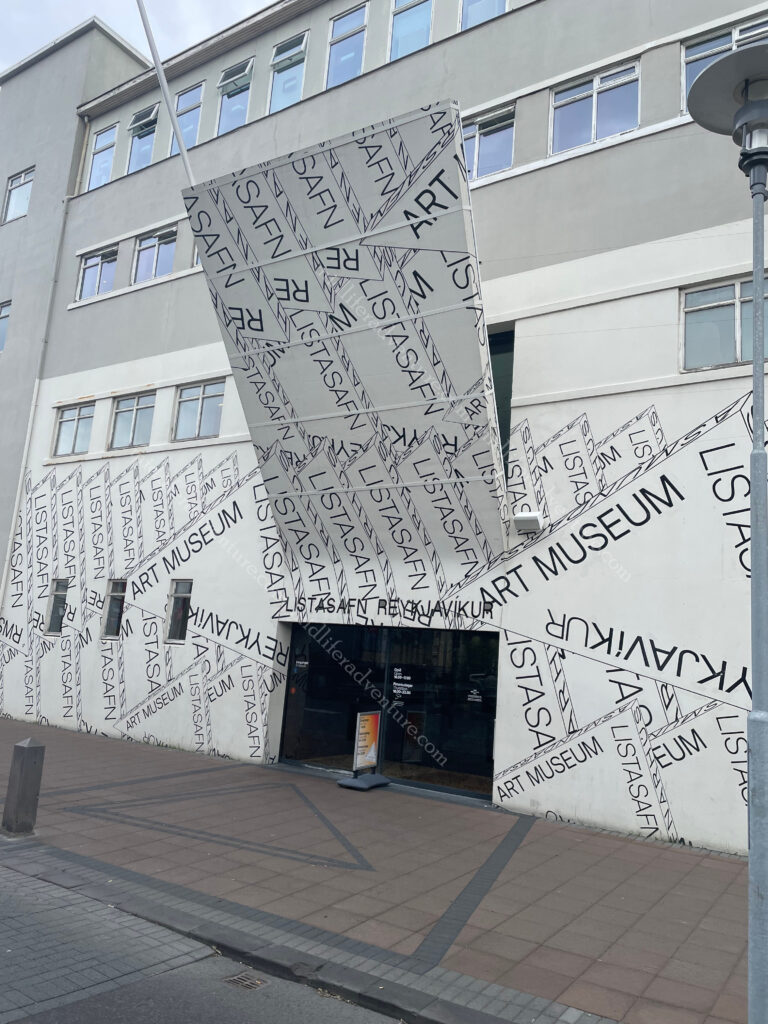
Our first entry was to the (Hafnarhús) Reykjavík Art Museum.
The blurb says that the permanent collection is of works by Erró, one of Europe’s most notable pop artists while the temporary shows tend toward the progressive and experimental, emphasising works from established contemporary artists.
Bearing in mind the disclaimer above, this was dog shit and 30 minutes of my life that I will never get back. Here are a few photos of pretty buildings as we left the art museum and headed to the next place on the list of piss weak worlds.








The next stop was at the Settlement exhibition which was immediately better.
Interesting displays of the evolution of culture and how Reykjavík grew from a farm
to a city.
This one was a really good place to visit.
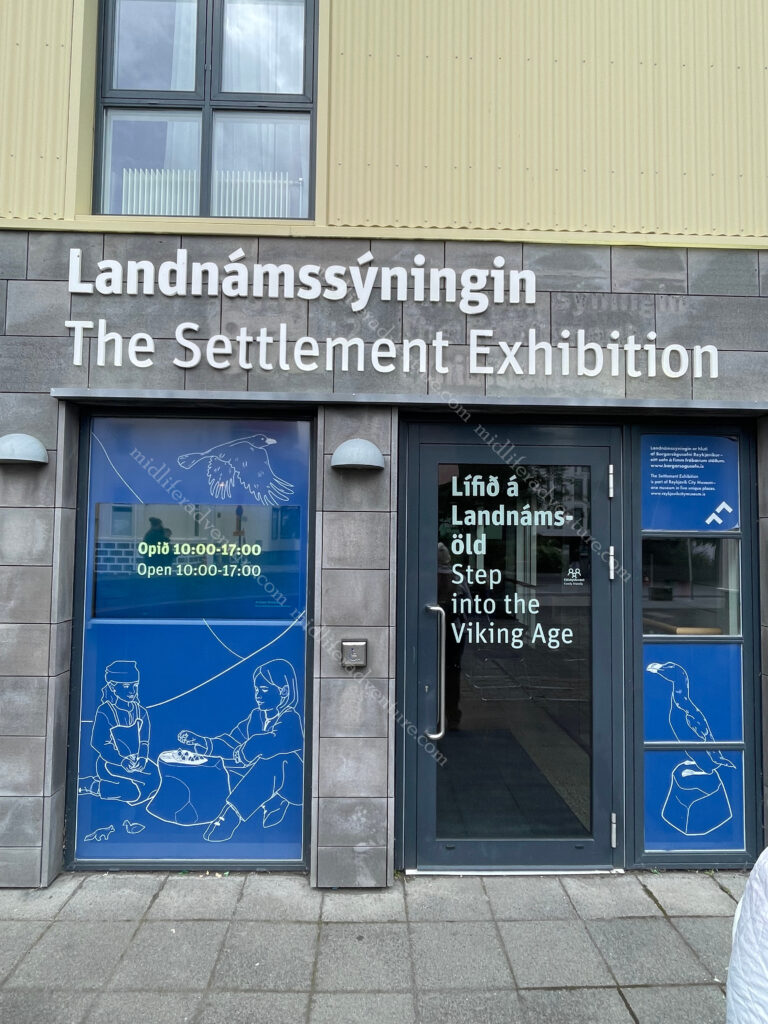
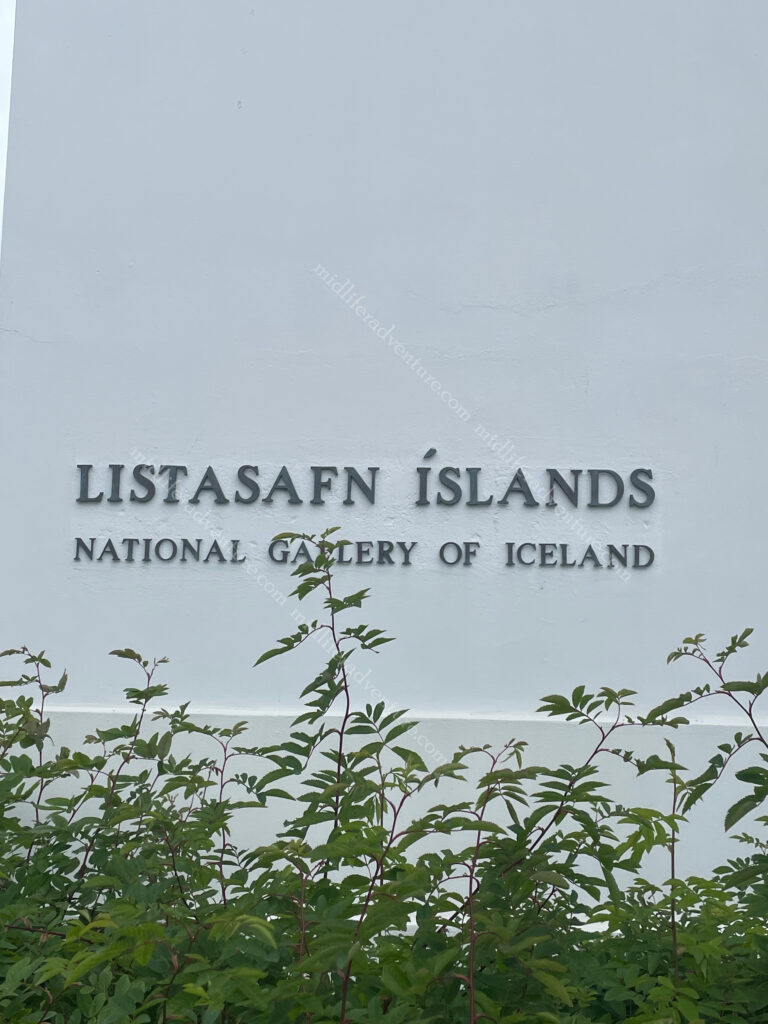
The Listasafn gallery was next and might have been ok but it lost me when I walked into a gallery and found a bunch (about a dozen) of millennials laying or sitting on the floor in frozen poses.
I am sure that there is some deep contemporary art meaning to this, but to me it just screamed trust fund kids with nothing better to do.
Pass on this one.
The National Museum (Thjodminjasafn) is the oldest museum established in Iceland. It offered a variety of exhibitions illustrating the story of Iceland’s past, from
the Viking age to modern times. Excellent.
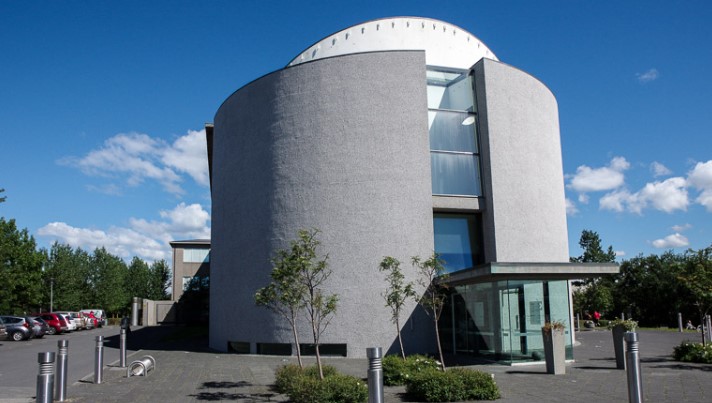
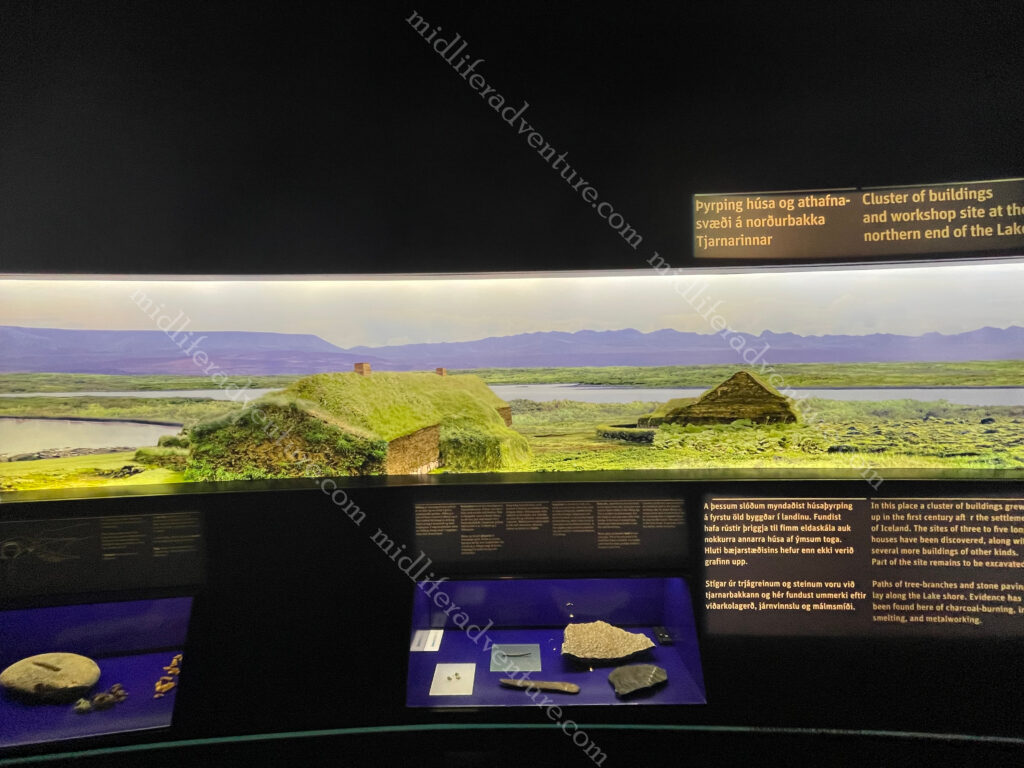
The next was the House of collections which was excellent again. This one aimed to bridge the gap between visual arts and science.
After this we were off to the Reykjavík Maritime Museum. Built in the old fish processing factory it was an odd sort of mix between museum and old school fish and chip shop.
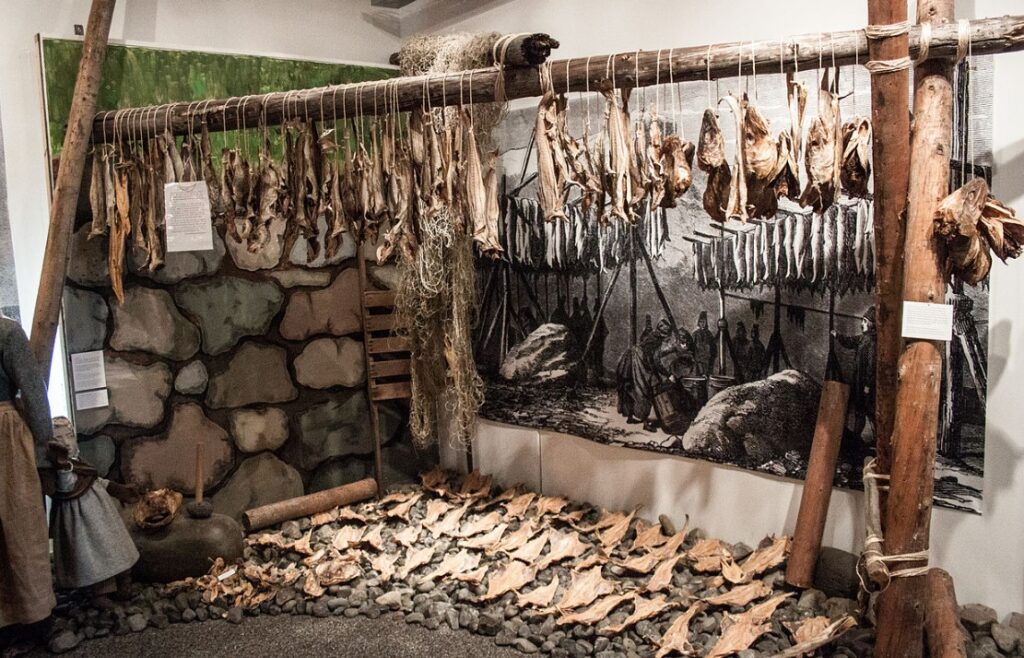
We looked at the flyer for the Reykjavík Zoo to find that their cover image had cows on it. Having seen cows before, I figured that this zoo was more like a small Chinese dog (a Shih Tzu) so we skipped it.
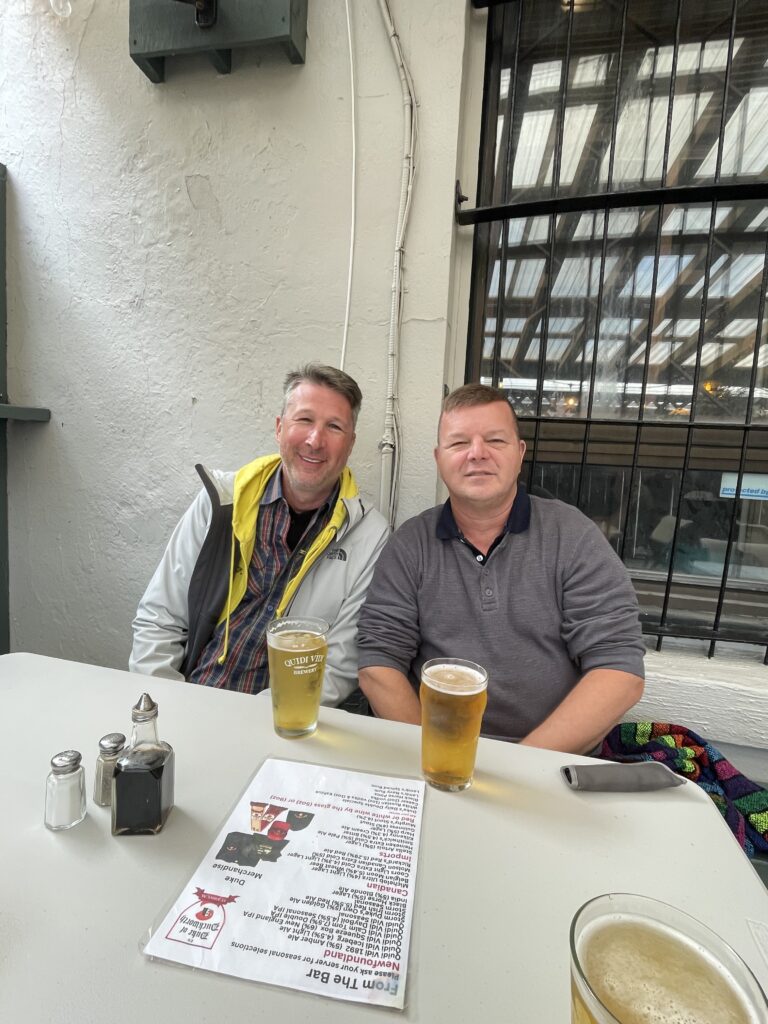
That evening we made our way to one of the local swimming pools (Sundhöllin), with our dinner buddies Mark and Curtis.
Sundhöllin is a series of pools and saunas of varying temperatures that are very popular with the locals and offer an insight of the local lifestyle.
People of all ages were hopping from the 2 degree ambient temperature into the hot pool (39 degrees) and then plunging into the 12 degree pool or doing laps in the 20 degree pool. Others were heading straight from the really hot saunas, into the plunge pool and back.

I did the hot / cold / hot plunge and had a tingling sensation all over my body for the next few minutes. From here I settled in the hot pool for the next 20 minutes until it was time to get out into the 2 degree night air and race inside for hot shower and getting changed.
The next morning it was up early and off on the local bus into the outer suburbs of Reykjavík to visit the Árbær Open Air Museum. Now this truly was excellent. This is a historical village displaying tiny houses, as they existed over various periods of Icelandic development. The oldest versions had the turf roofs and stables inside with ingenious cooking and heating systems. As time progressed, so to did the build type and quality. Apart from the fact that it was a 3 degree summer’s day with a howling gale force wind, it was a truly excellent place.

















Long story short, our piss weak world park pass was great value and I cannot recommend it highly enough. Yes there was some stuff that was not to my tastes, but there was plenty more that was. And the best bit was the free bus pass for the duration of the ticket. This gave us the opportunity to explore the city and see things well off the beaten path.
Our dinner buddies (Mark and Curtis) were super eager to see the volcanoes that Iceland had to offer. There had been recent volcano activity and while we went on our day one piss weak world tour they took a $500 (each) helicopter ride over the lava fields. The ride was nice but did not deliver on the sought after lava flows. That night we all headed to the pool for the hot swim and on our return to the ship were told by our favourite staff member (Fabio) that the Blue Lagoon trips for the next day had to be cancelled due to the eruption.
Eyes widened and the next morning they were up early again and had negotiated yet another $500 (each) helicopter ride. This time they hit pay dirt and were kind enough to share these images with us.







And as good as the stills are, the video was far better and you can zoom in and watch spouting geysers of flowing lava. As you can imaging, I pouted because I missed it.
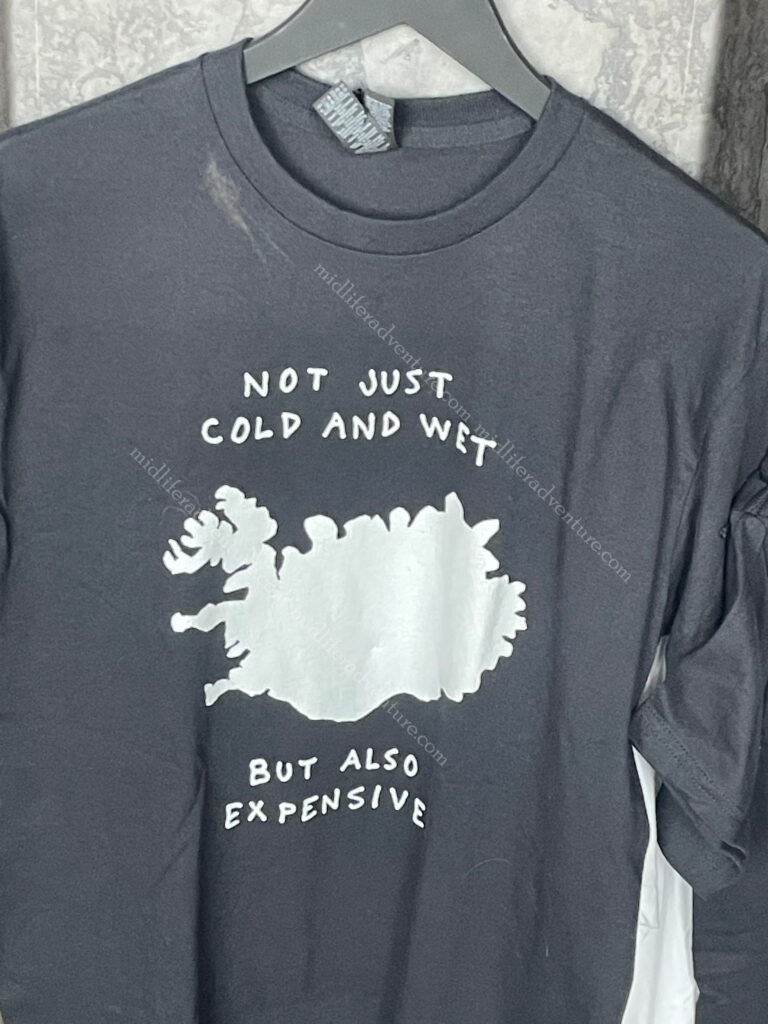
Well I thought that Iceland would be a once in a lifetime experience and as it happens we have now been here twice in the last 15 months.
I must admit that we enjoyed both trips and while the place is seriously expensive and damages the budget, it really is worth making the effort to come and experience it.

